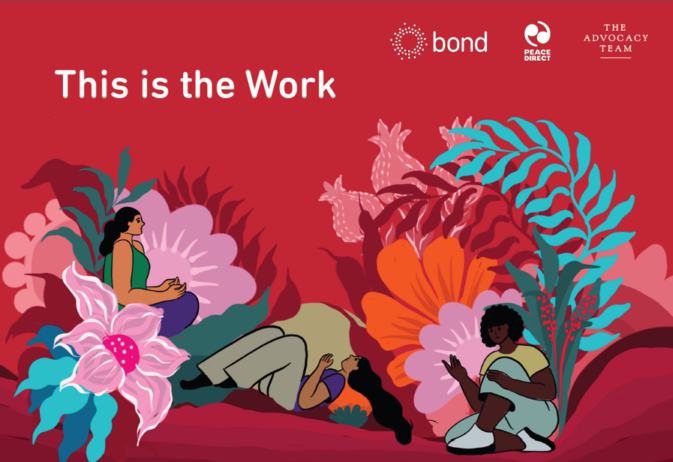Starting with stories – How participatory photography challenges the INGO status quo
We talk a lot about shifting the power in development communications.
We think about decolonising our narratives, reflecting on racism and power dynamics in communications, and the problematic imagery historically used in charities’ messaging. Transform Trade’s mission is to fight for ‘People centred trade’ and we need ‘People centred storytelling’ to support this.
With this in mind, we’ve developed a new ‘stories first’ approach, which uses participatory methodologies to power all our external communications on a single topic – from campaigns and communications to fundraising.
As with many NGOs, our story gathering process was usually led by fundraising or campaigning needs – ‘which project shall we focus on for the Christmas appeal?’ or ‘We are campaigning on this topic, and need some stories about the issues faced by people – can we find someone who thinks X or Y?’.
Instead, we decided to start with the lived experience of communities, and let the stories we heard shape the campaigns and fundraising decisions we make.
In order to trial this approach, full commitment was needed from the entire organisation – from the CEO, to the programmes teams and public engagement team. As a small organisation, this wasn’t too difficult to manage, but did take a lot of trust – and a specific additional budget, with no return on investment attached to it.
Focusing on one aspect of our work – homeworking
Working with our partner, SAVE, and a photojournalist from the region, Bhargav Shandilya, we ran a photography course open to members of a women’s homeworking collective in Tamil Nadu. The women who took part are homeworkers – subcontracted by factories to make clothing and textiles.
Twelve women signed up and seven are still taking pictures today. Whilst this might sound like a low proportion of people participating, what is demonstrated was that those who took part did so freely – and were keen and committed to the project.
Because the project lasted an extended period of time, participants had time to ask questions and check in with one another via WhatsApp. Relationships between the photographer, and the participants, were built on trust and familiarity.
At the end of the initial three-month period, we had over sixty captioned photographs, along with two videos, one about home working, one about the experience of participating in the photography project.
Unseen stories, unexpected insights
The photographs we got back surprised us – not just the technical quality, but the insights they gave into the hidden world of homeworking. The images and captions exposed the layers found in the homeworking fashion supply chain – from waste sorting, to cone hammering, to stitching and finishing items. We heard and saw what participants wanted to show us – speaking freely, and not constrained by pre-prepared questions.
A big challenge we faced was how to best use them.
One of the themes that participants explored was their membership of Anukahdam, a collective of garment workers campaigning for formal recognition from the Tamil Nadu government. Building on their campaign, and policy work in the area, we decided to run a campaign designed to work alongside Anukatham’s own campaign by putting pressure on UK brands to create policies that recognise homeworkers, or publish their existing homeworker policies.
Having quotes and images to work with has meant it’s been much easier to create engaging content, and running the appeal and exhibition alongside the campaign has led to media coverage in the Guardian, as well as Stylist magazine. The campaign has generated almost 10,000 actions so far.
This Christmas, we’ll be using the same set of images and quotes for our Christmas appeal – a first for the organisation. We’re hoping that exposure to the issues faced by homeworkers, and previous participation in campaigning will increase financial support for the appeal.
The nature of participatory photography means that the quantity of images we have is greater than by using a conventional photographer – helpful when the stories fuel three separate aspects of our work. We have seven different voices and experiences to learn from – meaning that the content is consistently being refreshed.
Until the Christmas Appeal totals are finalized, and the second ask of the campaign goes live, it’s going to be hard to get a full picture of the financial cost and reward of starting with stories.
However, from an internal perspective, it’s radically changed our way of working – and made us look more deeply at how and why we make decisions around fundraising and campaigning, and helped us to refocus on the people whose experiences matter most.
Category
News & Views



